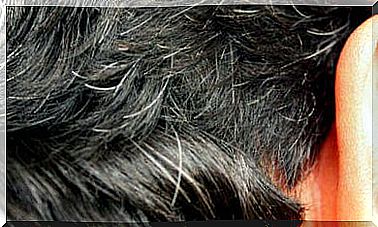Legionellosis
Legionellosis is a bacterial infection caused by the agent Legionella pneumophila and originally identified in 1977 when 34 people died in an outbreak of pneumonia. For this reason, they called it “Legionnaires’ disease.”
Currently, there are two clinical and epidemiological forms caused by this bacterium. The first was Legionnaires’ disease, this being the pneumonic form. Second is the non-pneumonic form described as “Pontiac fever.”
Likewise, around 42 species and 64 serotypes of this bacterium have been studied. Serotype 1 is responsible for 90% of legionellosis cases . Find out everything about this disease below.
epidemiology
Legionellosis is a bacterium especially lodged in areas of America, both in the north and in the south. They have also been isolated in Australia, Africa and also Europe.
This bacterium tends to adhere especially to natural water sources such as lakes, streams, rivers and hot springs since it has very diverse living conditions in various types of environments. Its amount to be pathological in the recipient is more than 10,000 CFU / mL. under a temperature of 25 to 45 ° C (which is ideal for its reproduction).
The bacteria will also be dependent on hosts that are susceptible to being a recipient of the bacteria. Therefore, those patients who are severely immunocompromised and also:
- HIV patients.
- Transplanted people.
- Leukemia patients.
- People who have had recent surgeries or have been assisted with ventilatory breathing.
Transmission

In its entirety, the transmission route of Legionella is airborne, through droplets of saliva that can be expelled involuntarily when speaking, sneezing and even laughing. Another form of transmission is through aerosols, which expel droplets that can be easily inhaled.
The bacteria enter the lungs through inhalation and affect the alveoli, release toxins, and cause infection. No evidence of contagion that occurs through person-to-person contact has been described.
However, it has been shown that this bacterium has a predilection for susceptible elderly people (such as the elderly) who have comorbidities such as alcoholism, smoking or are immunosuppressed. This does not mean that healthy people are free from infection.
When should legionellosis be suspected?
In those cases of pneumonia that are directly related to important epidemiological data, such as if the person has recently traveled, had hospitalizations or been in large gatherings.
Symptoms

1. Lung form
- Cough with mucopurulent sputum.
- Pleuritic chest pain.
- Thermal rises of 39 ° C.
- Hemoptysis.
- Dyspnoea.
2. Extrapulmonary form
- Cellulitis.
- Pleuritis.
- Sinusitis.
- Peritonitis.
- Pericarditis
- Myocarditis.
- Pyelonephritis
Diagnosis

The definitive diagnosis will depend on the isolation of the microorganism in direct immunofluorescence media by staining the tissue plus detection of antigens of the bacterium Legionella serotype 1 in urine.
The polymerase chain reaction culture medium is also used, which shows the level of reproduction it has had since infection. If necessary, a sputum culture is requested, which will determine with good precision whether it is this nosocomial bacterium or not.
Legionellosis treatment: antibiotic

1. Macrolides
It has broad antibiotic properties that have become the standard treatment that has been used since the discovery of Legionnaires’ disease. The parent drug for macrolides is erythromycin, which requires progressively large volumes of infusion and is administered intravenously.
The subsequent ones in the macrolide line are also recommended such as: azithromycin, roxithromycin and josamycin that are really effective and that are intended for oral administration.
2. Fluoroquinolones
It is preferred in forms that manifest as severe infections. Levofloxacin and ofloxacin are the active principles recommended as a complete treatment that covers the symptoms left by the bacteria. However, its use should be limited due to the resistance that quinolones have had over the years.
If you suspect that you may be suffering from legionellosis, do not hesitate and visit your doctor. Only he can diagnose you and indicate the best treatment for the disease.









